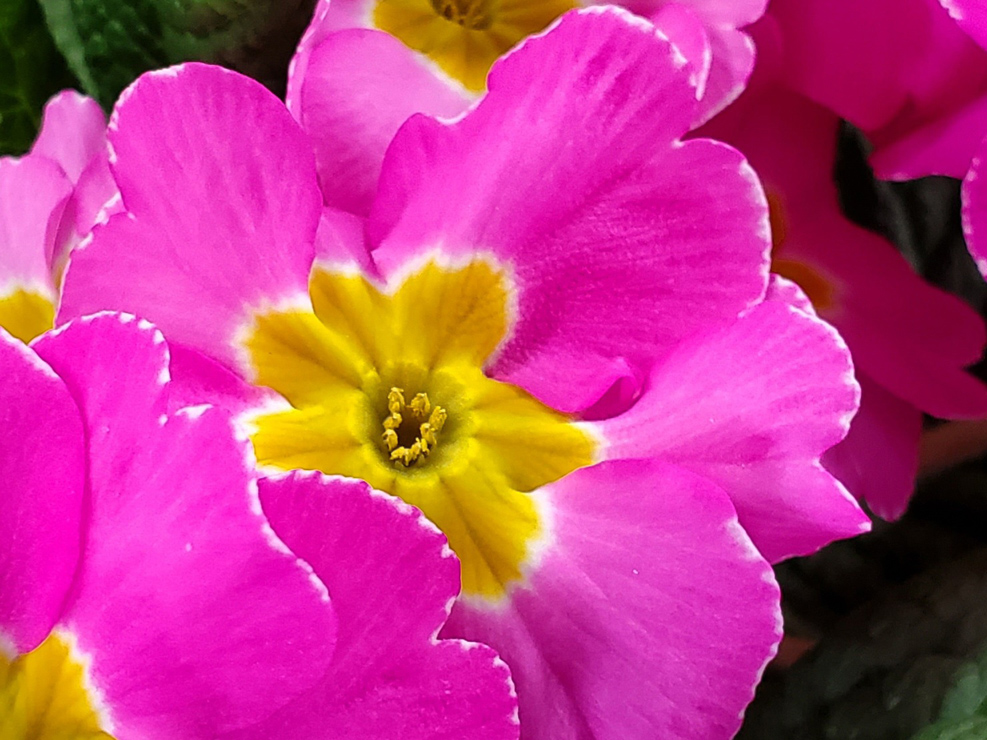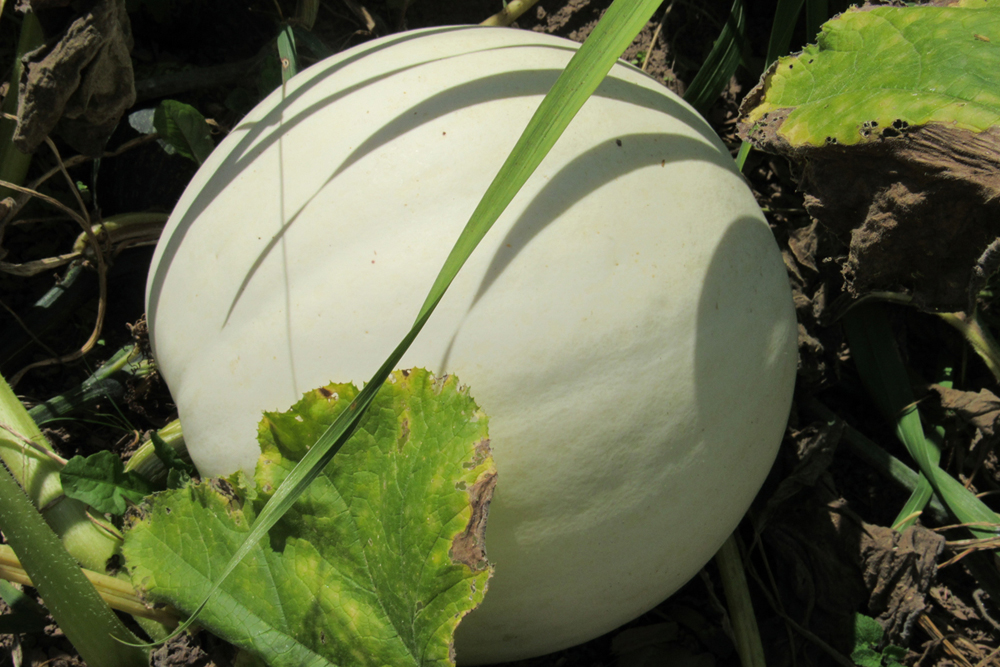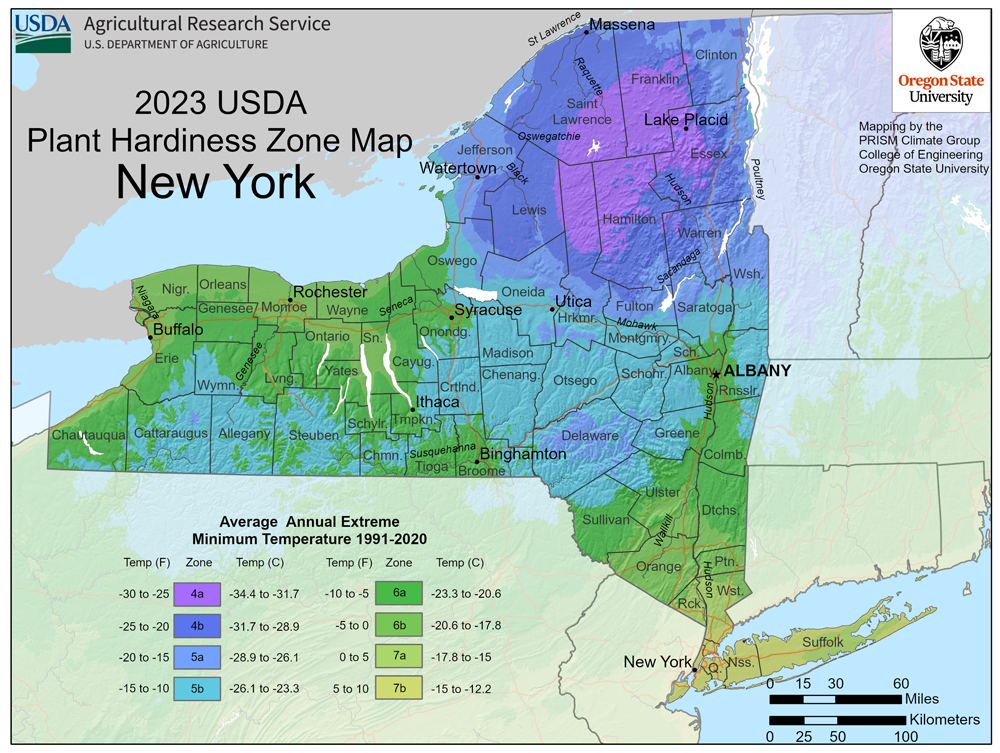Add color with primroses

With Easter and spring holidays approaching, primroses are popping up in local garden centers and shops. The brightly-colored blossoms are a welcome sight in early spring and can decorate your home before being transitioned outside to the garden.
Primroses are native to Europe and parts of Africa and Asia. Penn State Extension says that the cottage primroses (Primula x polyantha) you see for sale now are hardy perennials and are relatively easy to maintain inside before transplanting outside after the danger of hard frost has passed.
There are more than 400 species of primulas, or primroses. In their native settings, they prefer marshlands and alpine slopes. They can be planted in waterside gardens, shade gardens, rock gardens, or be used as bedding plants. Primroses are attractive plants with toothed or lobed basal leaves that grow close to the ground. Flowers are clustered together among the leaves or borne on stalks in umbels, whorls, or spikes.
Penn State says primroses have a yellow “eye” with notched flower lobes. Colors can be quite striking and vary from blues and purples to reds and golds.
When purchasing plants, look for bright green, healthy leaves and full blooms. Indoors at home, choose a sunny window with a temperature range of 50 degrees Fahrenheit at night to 70 degrees Fahrenheit during the day. Primroses prefer moist, but not soggy, soil. Do not overwater, as it can lead to root rot. The flower clusters can last for weeks. When they are spent, remove them along with the spent leaves.
Before transplanting outside, acclimate your cottage primrose to outside conditions. For several days, move the plant outside during the day and bring it back inside at night, especially if temperatures drop below freezing.
The New York Botanical Garden recommends planting primroses in partial shade as they prefer climates with cool summers. Again, they like moist, but not soggy, conditions. Keep them out of windy spots that can dry out quickly. Loamy soil is best, but mulching with shredded leaves will help add humus (organic matter) to the soil. You can lightly fertilize them after they are planted. Space them four to six inches apart. If they are happy with the conditions, they may spread and can reseed themselves.
Penn State says other hardy primrose plants include Primula vulgaris, P. japonica, and P. sieboldii. Primula vulgaris, also known as English or common primrose, is semi-evergreen and long-lived. It produced pale yellow flowers in a cluster on six-inch stems in April.
Japanese or candelabra primrose (Primula japonica) loves damp areas in partial shade. Flowers are pink, dark rose, or white and are borne on 12- to 18-inch spikes from May through June. Also native to Asia, the cherry blossom primrose (Primula sieboldii) has 12-inch flower stalks that bloom in mid-May. Bloom colors are cherry red, white, lavender, or pink. The green leaves are ruffled and have toothed margins. In summer, these plants go dormant.
Combine primroses with spring-blooming bulbs for an even more colorful show.




